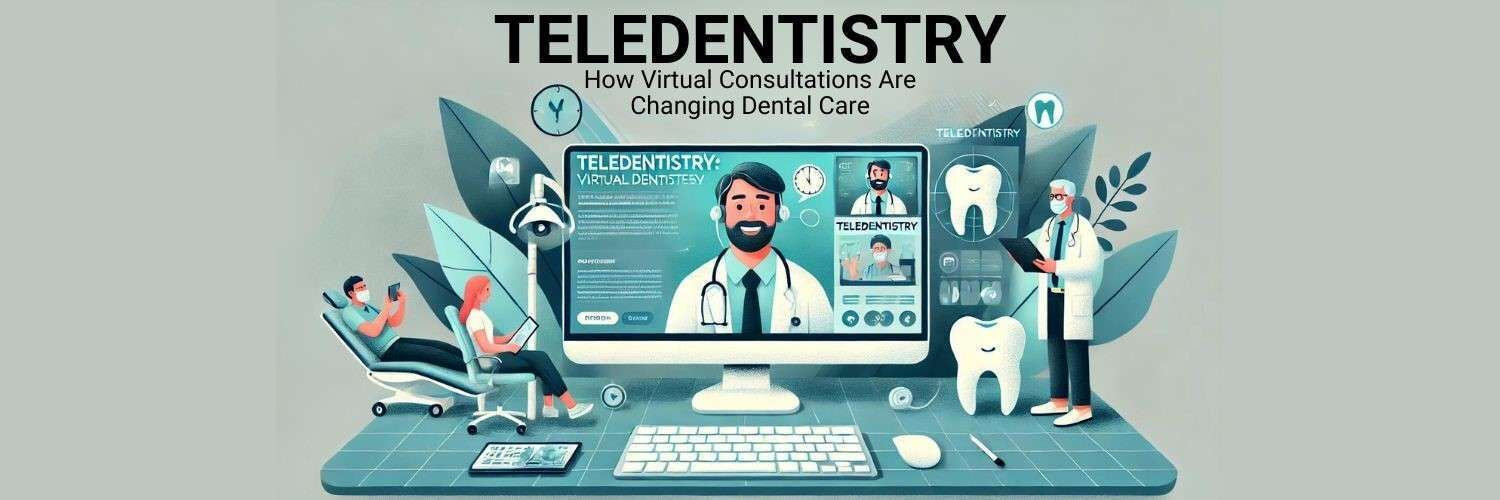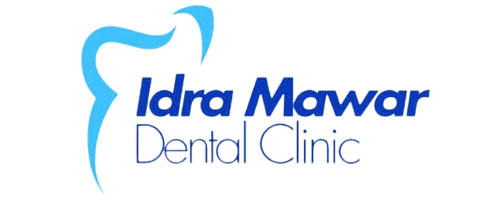_1.png)

Dental Tourism: Affordable Care Beyond Borders
Dental Tourism: For extensive and costly procedures, some individuals explore dental tourism, traveling to countries where dental care is significantly more affordable without compromising on quality. This trend highlights the global disparity in dental costs and offers a viable option for those willing to travel.

Teledentistry: Virtual Care for Modern Dental Needs
Tele-dentistry and Virtual Consultations: While not a replacement for in-person treatment, tele-dentistry is emerging as a way to provide initial consultations, screenings, and even remote monitoring, potentially reducing the need for multiple in-office visits and saving time and travel costs. This can be particularly beneficial for initial assessments or follow-ups.
Smart Smiles, Smart Savings: Prevention, Tech, and Flexible Payments in Dentistry
Preventive Technology and Education: The most effective long-term strategy for affordable dental care lies in prevention. New technologies, such as advanced fluoride treatments, targeted sealants, and personalized oral hygiene advice delivered through digital platforms, are making preventive care more accessible and effective. Emphasizing daily brushing with fluoridated toothpaste, regular flossing, and a healthy diet rich in calcium and vitamin C can significantly reduce the risk of costly future treatments.
Innovative Payment Models and Patient Engagement: Dental practices are increasingly adopting more flexible payment models, including interest-free financing options and in-house membership plans that offer discounted services for an annual fee. Some practices also offer "phased treatment" where urgent issues are addressed first, and less critical procedures are spread out over time, allowing patients to manage costs gradually.
.


Cutting Costs, Not Corners: Technology's Impact on Dental Care
The Role of Technology in Cost Reduction: Advancements in dental technology are not just improving care but also contributing to affordability. Digital X-rays reduce radiation exposure and are more efficient. 3D printing is revolutionizing the creation of crowns, bridges, and even dentures, leading to faster fabrication times and potentially lower costs due to increased efficiency and in-house production capabilities. Artificial intelligence (AI) is also being explored for earlier and more accurate diagnosis of conditions like cavities and gum disease, which can lead to simpler and less expensive interventions.
United for Oral Health: A Collaborative Path to Accessible Dental Care
Collaborative Efforts for Greater Access: Addressing the oral health crisis requires a concerted effort from all stakeholders. Governments can expand public dental programs and integrate oral care into universal health coverage. The private sector can contribute through corporate social responsibility initiatives, affordable product development (like low-cost fluoride toothpaste), and innovative insurance models. Non-profit organizations continue to play a crucial role in providing free or subsidized care to vulnerable populations.
By staying informed about these evolving options and advocating for broader systemic changes, individuals and communities can work towards a future where quality dental health is not a luxury, but a fundamental right for all. The path to a healthier smile, regardless of income, is becoming increasingly clear.

.png)